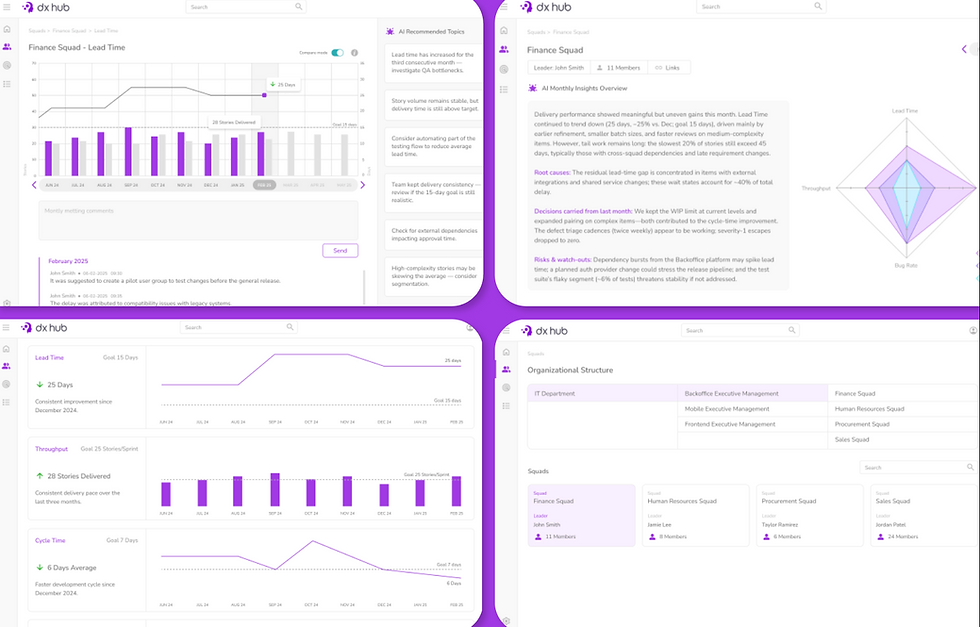Are you safeguarding your Backstage against supply chain attacks?
- Avalia

- Aug 9, 2023
- 2 min read
Supply chain attacks pose a significant threat to the integrity and security of our systems by exploiting trusted dependencies, libraries, and tools used in our IaC and CI/CD pipelines. The industry has witnessed the destructive consequences of compromised dependencies, as exemplified by infamous incidents like the SolarWinds and NotPetya attacks.
In 2018, the npm ecosystem encountered a supply chain attack that targeted the widely used "event-stream" package. This incident served as a wake-up call, revealing how attackers can exploit the trust we place in our dependencies. The injected malicious code aimed to steal sensitive cryptocurrency information, demonstrating the potential for significant harm.
Backstage is a comprehensive internal developer portal and service catalog developed by Spotify. As an open-source platform, it acts as a centralized hub for managing the entire software development lifecycle, enabling organizations to streamline their DevOps, DevSecOps, and SRE practices.
Like any other modern software, Backstage relies heavily on a vast array of third-party dependencies and open-source libraries, which significantly expands its potential vulnerability to supply chain attacks. This vulnerability becomes especially critical when considering that a flaw in one of its dependencies could be exploited to compromise or impact all projects managed under its management.
Furthermore, while Backstage's customizable nature enhances productivity by encouraging organizations to tailor tools and services to their specific needs, it also introduces risks associated with insecure coding practices.
To address these challenges, it is crucial to start with a comprehensive risk assessment. By conducting a thorough evaluation of our software ecosystem, we can identify and understand potential security risks and vulnerabilities. This assessment enables us to prioritize security measures and allocate resources effectively.
Additionally, implementing a Software Bill of Materials (SBOM) is essential. Think of it as an ingredient list for a recipe. An SBOM is a detailed inventory that shows all the different parts that make up a software application. It includes the specific code written for the application, as well as any external components or libraries it relies on.
By analyzing the SBOM alongside the risk assessment, we can gain valuable insights into the dependencies that are more likely to be targeted or have known vulnerabilities. It's like identifying the ingredients in a recipe that may be expired or unsafe. This helps us prioritize security measures for critical components and stay informed about any vulnerabilities or updates that need attention.
Let's take proactive steps to protect our software ecosystems from supply chain attacks. By conducting risk assessments, implementing SBOMs, and staying vigilant about security best practices, we can build resilient systems that withstand these threats.


